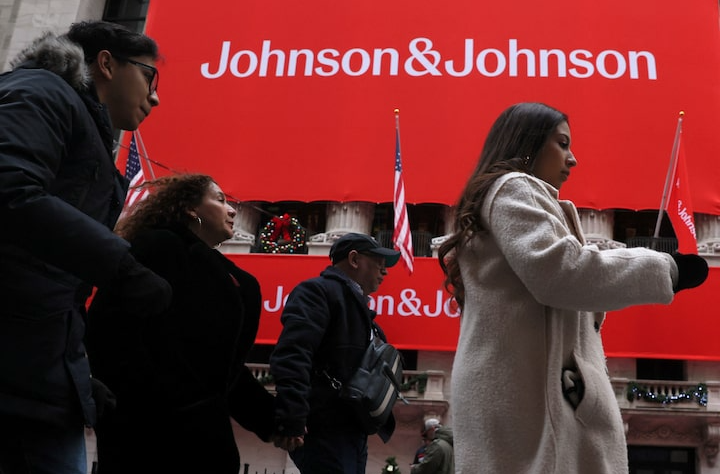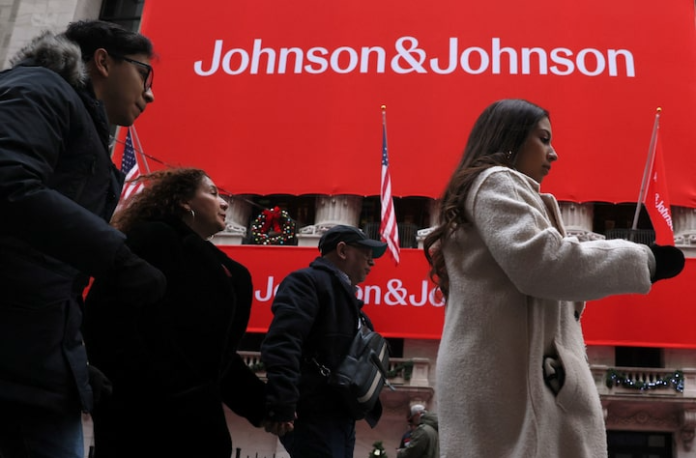Johnson & Johnson (J&J) is confronting a critical legal challenge as it seeks approval for a $10 billion settlement to resolve allegations that its talc-based baby powder caused ovarian cancer.
This marks the company’s third attempt to settle these claims through a subsidiary’s bankruptcy proceedings. U.S. Bankruptcy Judge Christopher Lopez in Houston is presiding over the case, which has garnered significant attention due to its potential implications for mass tort litigation and corporate liability.
Background of the Litigation
The controversy centers on more than 62,000 plaintiffs who assert that J&J’s talc products were contaminated with asbestos, leading to ovarian and other cancers—a claim that J&J staunchly denies. The company maintains that its talc products are safe and free from asbestos contamination. Despite these assurances, J&J has faced numerous lawsuits over the years, prompting the company to seek a comprehensive resolution through bankruptcy proceedings.
Previous Bankruptcy Attempts
J&J’s initial two attempts to resolve the litigation via a subsidiary’s bankruptcy were unsuccessful. The courts dismissed these efforts, questioning the appropriateness of using bankruptcy to manage mass tort liabilities for a financially robust corporation. In this third attempt, J&J has shifted its strategy to a different bankruptcy court, expressing confidence that this move will facilitate a favorable outcome.
The Current Hearing
The ongoing hearing, expected to extend through the end of February, involves extensive deliberations on whether to approve the proposed settlement or dismiss the bankruptcy case. Central to the proceedings is the legitimacy of the votes supporting the settlement.
J&J contends that it has secured substantial backing for the proposal, with its subsidiary, Red River Talc, presenting votes indicative of broad support. Attorney Allison Brown, representing Red River Talc, emphasized this point, stating, “We have the vote. There is enormous support for a historic and unprecedented plan.”
Challenges to the Settlement
Opponents of the settlement argue that the voting process was manipulated to favor J&J’s desired outcome. Attorney Adam Silverstein, representing dissenting plaintiffs, accused J&J of selectively challenging votes against the plan while accepting supportive votes without scrutiny.
He highlighted instances where the company permitted changes from “no” to “yes” votes but disregarded requests to switch from “yes” to “no.”
Additionally, Silverstein alleged that J&J violated its own voting protocols by accepting affirmative votes from attorneys lacking proper authorization or medical documentation. He described these actions as a “blatant double standard.”
Implications of the Decision
Judge Lopez’s ruling will have significant ramifications, not only for the involved parties but also for future corporate strategies in addressing mass tort claims. A decision to approve the settlement could set a precedent for utilizing bankruptcy as a mechanism to manage extensive litigation, even for solvent companies. Conversely, rejecting the proposal may compel J&J to confront each lawsuit individually, potentially leading to protracted legal battles and substantial financial exposure.
J&J’s Position

J&J asserts that resolving the litigation through bankruptcy offers a more equitable and efficient means of compensating claimants compared to traditional court proceedings. Erik Haas, J&J’s vice president for litigation, stated that the bankruptcy proposal has “overwhelming support” from cancer victims and “affords claimants a far better recovery than they stand to recover at trial.” The company argues that the conventional legal system can result in inconsistent verdicts, with some plaintiffs receiving substantial awards while others receive nothing.
Opposition’s Perspective
Critics of the settlement contend that it unjustly compels plaintiffs to accept reduced compensation and restricts their ability to pursue individual lawsuits. They argue that J&J, by channeling the litigation through a subsidiary’s bankruptcy, is attempting to shield itself from full accountability. Opponents also raise concerns about the fairness of binding all claimants to the settlement terms, especially those who prefer to have their cases heard in court.
Next Steps
As the hearing progresses, testimonies from attorneys representing both supporters and detractors of the settlement will be pivotal. Judge Lopez has indicated that he will issue a written opinion following the conclusion of the proceedings. The outcome of this case could influence how corporations approach mass tort liabilities and the extent to which bankruptcy can be employed as a tool for resolving widespread legal disputes.



